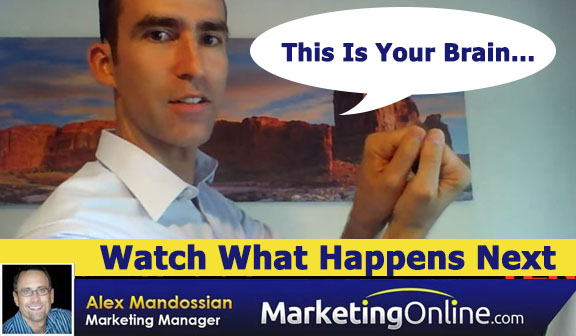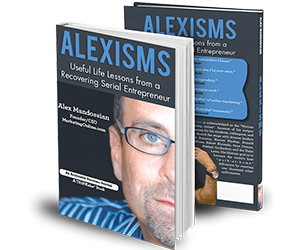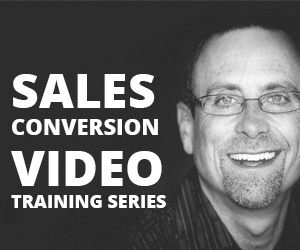How To Use Neuroscience In Marketing

What is Neuroscience? How the brain makes physical and emotional connections in our mind, via neurons.

Neuroscience is a complex subject, but we are specifically learning how it applies to marketing in our lives and in business. Jeremiah Desmarais does a great job of taking us into a deep dive discussion on the subject of Neuroscience as it applies to online marketing. Some of the ways that neuroscience has been used successfully in marketing is discussed on this Friday call, live streamed for you on the MOL App.
Tune in every episode each week live on Fridays at 12:00pm PST… Listen in on the MOL app: https://www.marketingonline.com/molapp/
This Hangout is all about getting things done faster, better and easier using neuroscience in marketing!
How To Use Neuroscience In Advertising
Have you ever heard of George Lois? No doubt that if you love advertising and have any background studying traditional advertising in college you have probably seen his work. He is responsible for so many successful ads for TV and print, he has designed well over 40 Esquire covers in his life and just a few years ago he published a great little book called Damn Good Advice. George Lois is an ad man that paved the way for great copy and out of the box ads that compelled people to take action. He is known for saying “Advertising is poison gas. It should bring tears to your eyes, unhinge your nervous system and knock you out.” George Lois came up during the conversation in this MOL live interview with Jeremiah Desmarais and Chief Engagement Officer of Marketing Online, Alex Mandossian. Both Alex and Jeremiah think highly of a fantastic ad that Lois produced for a billboard in Time Square that put his client on the map.
How To Use Neuroscience In Marketing
Building trust and rapport with the audience as big brands do is something that you can do in your business by positioning your brand with brands in your industry of stature and authority. Publicity and positioning in your advertising can make connections for people observing the ad and subconsciously it is happening inside their brain. The neural-connections that trigger trust, authority and awareness of your brand happen because of the already familiar neural-connections that exist in the minds of your target consumers. Just as it happened in the George Lois “Tommy Hilfiger” ad.
Another example can be seen in the use of a lower third. In the case of Jeremiah Desmarais, his lower third uses the Ted X logo and this creates what we call in the online marketing industry a transfer of trust. Jeremiah Desmarais has spoken at Ted X and if the audience viewers are familiar with Ted Talks or Ted X lectures then the neural pathway already exists. If the have had good experiences and fond memories then the pathway is strong and in Jeremiah Desmarais case, he is using that connection and his notoriety as a Ted X speaker to make even faster connections with others, just by having the Ted X brand in his lower third. It goes even deeper and faster, to build more trust and connections if Jeremiah Desmarais continues on to address that aspect and discuss the feelings, stories or moments that further associate his connections with Ted X for you during the conversation on the call today.

The neural-connection is something that can easily be seen outside of marketing in our daily lives. Think about what comes into your mind when you read the words “Darth Vader.” How about when you also pair that with “Star Wars.” Many connections exist. There is almost certainly some connection that already exists in your mind (some neural pathways previously formed) that re-fire when you thought of Darth Vader and Star Wars. Those positive neural connections can be made with music as well.
Neuroscience for Marketing Your Brand
At an “Internet Prophets Live” event, Steve Olsher had live music and a DJ for the weekend and in between each session there was a Bruno Mars song that would play. The music was used to tell us to come back to our seats and get ready for the next speaker. Years later anytime that I hear that song being played on the radio or online my neural connection that exists re-fires with that music and it takes me right back to the event. The song triggers the memories of the people that I met and the relationships that were made, as if it was yesterday. The positive memories of that event further solidify my happiness and trust in Steve Olsher, Alex Mandossian and the other speakers that shared their insights with us that weekend in Los Angeles. These same neural connections pass trust and authority for the brand that hosted the event “Internet Prophets Live” each time that I hear the song play, because the neural connection is re-fired over and over. The positive thought association carries also with physical connections. Each day that we attended the event there was a book from Steve waiting at our chairs as a gift. It was a pleasant gift and after reading it each time that I hear the song it reminds me of the physical connection that I had with the books, post the live event and the music. Anytime I see the book it also triggers existing neural pathways that remind me of what I learned when reading the book. What I learned at the event. The people that I met and the many things that spawned from it.
Neural connections build trust and since you already know who your customers are…
Now it’s time to identify what your audience loves? Make a list using the Marketing Authority checklist provided for you: marketingonline.com/authority
Like what you learned so far?
Are you ready to shift your business into HIGH GROWTH MODE? If so click here













